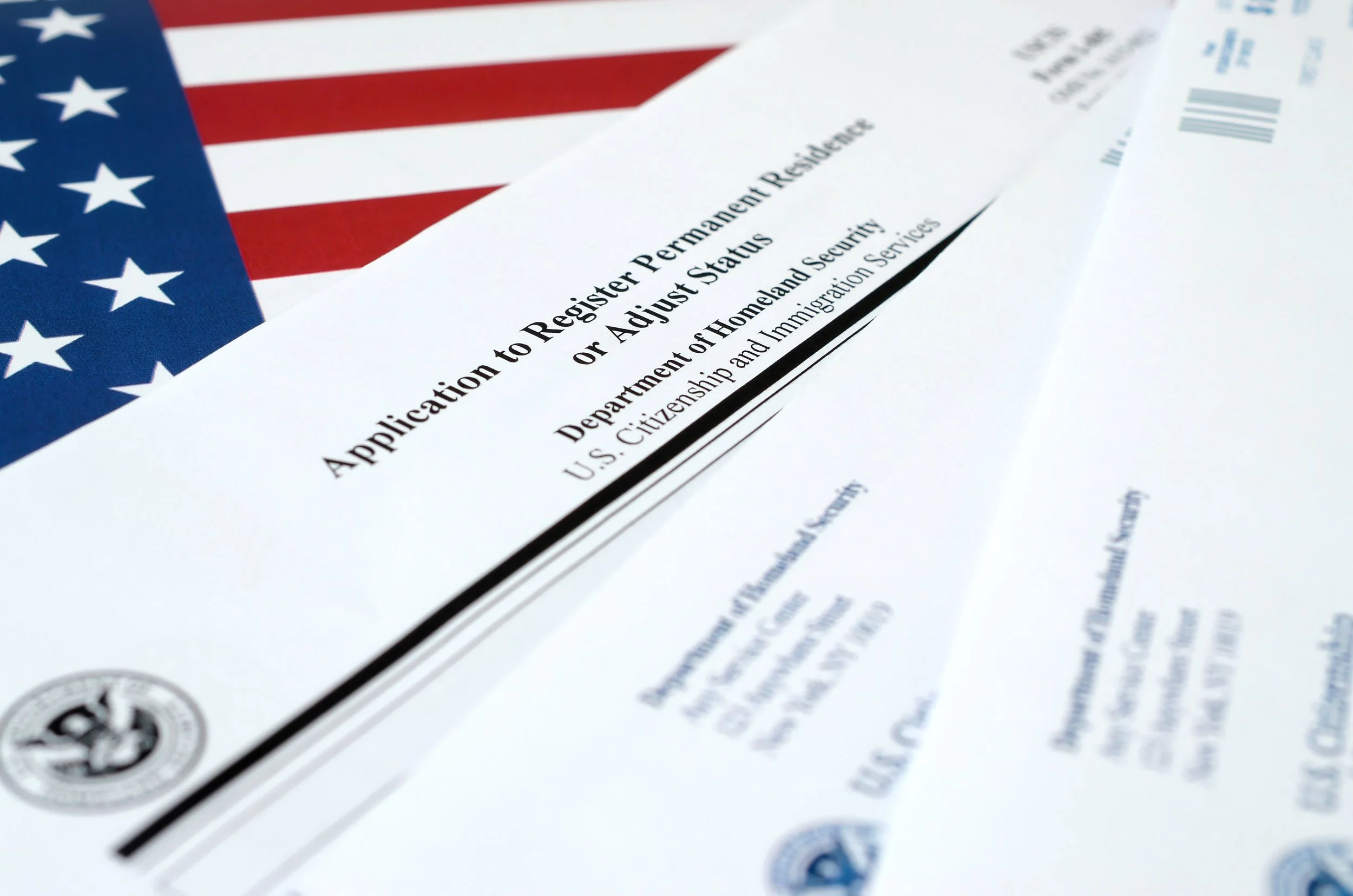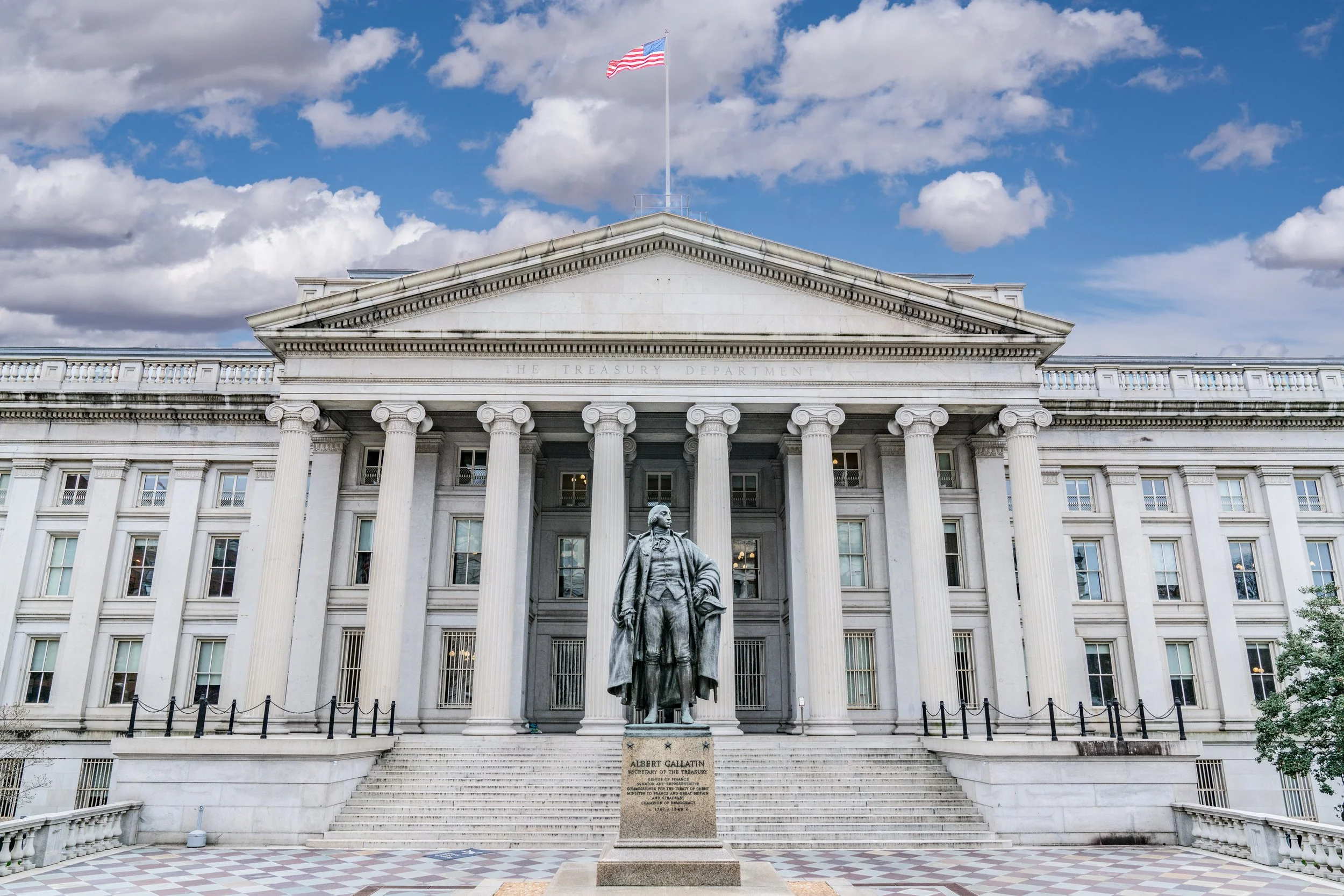We examine recent capital market dynamics in the context of budget reconciliation and trade policies. Understanding these dynamics requires modeling the interaction between microeconomic behavior and macroeconomic outcomes—an approach particularly well suited for the overlapping-generations lifecycle model.
Real-Time Federal Budget Tracker
The Real-Time Federal Budget Tracker reports the federal government’s daily cash operations, including daily spending, receipts, and deficits.
Eliminating Income Taxes on Social Security Benefits
Eliminating taxes on Social Security benefits reduces incentives to save and work while increasing federal debt. Wages and GDP fall over time. The policy primarily benefits high-income households nearing or in retirement while harming households under thirty and all future generations across the entire income distribution.
Complete Measures of U.S. National Debt
Treasury debt held by the public is an explicit pay-as-you-go obligation. The government also runs implicit pay-as-you-go obligations, such as Social Security and Medicare Part A, which are twice as large. Both types of obligations require tax increases and spending cuts to balance the budget over time.
Policy Options for Reducing the Federal Debt: Spring, 2024
We analyze the budgetary and economic effects of three very different illustrative policy bundles that reduce federal budget deficits over time without shrinking the economy relative to current law with rising debt. The results also demonstrate how federal debt falls short of measuring the true fiscal burden being shifted to future generations.
W2024-1 United States’ Federal Indebtedness and Fiscal Policy Trade-Offs
Authors: Jagadeesh Gokhale and Kent A. Smetters
How Does Accounting for Population Change Affect Estimates of the Effect of Immigration Policies on the Federal Budget?
We report estimates from the Penn Wharton Budget Model (PWBM) that exempting employment-based green cards from statutory limits for applicants (and their families) who have earned a doctoral or master’s degree in a STEM field---similar to Section 80303 in H.R. 4521---would reduce federal budget deficits by $129 billion from 2025 to 2034. In contrast, a conventional budget estimate, which would include projected increases in federal spending but not the effect of a larger population on federal tax revenues, shows an increase in federal deficits of $4 billion.
Budgetary Effects of Granting Green Cards to Immigrants with Advanced STEM Degrees
PWBM estimates that exempting from immigrants with advanced STEM degrees from numerical limitations on green cards would reduce deficits by $129 billion over the 2025-2034 period and by $634 billion over the 2035-2044 period.
When Does Federal Debt Reach Unsustainable Levels?
PWBM estimates that---even under myopic expectations---financial markets cannot sustain more than the next 20 years of accumulated deficits projected under current U.S. fiscal policy. Forward-looking financial markets are, therefore, effectively betting that future fiscal policy will provide substantial corrective measures ahead of time. If financial markets started to believe otherwise, debt dynamics would “unravel” and become unsustainable much sooner.
A Wide Range of Policy Bundles Can Stabilize Federal Debt while Growing the Economy
Debt ceiling debates would become less frequent if Congress adopted fiscal measures that limited the growth of federal government debt relative to the size of the economy. Without changes in fiscal policy, we project that the debt-to-GDP ratio will grow from 100 percent in 2024 to 190 percent in 2050. Contrary to conventional thinking, there exists a wide range of policy options that can reduce the growth of debt while growing the economy.
The Build It in America Act: Budgetary and Macroeconomic Effects of Title I
PWBM estimates that Title I of the Build It in America Act would add $76 billion to the budget deficit over the next decade and reduce deficits by $18 billion during the subsequent second decade. It would temporarily boost business investment and GDP during the next two years while lowering GDP in subsequent years. If lawmakers made the extensions permanent, the budgetary cost would rise to $1.25 trillion over the next two decades and GDP would largely remain unchanged, as the tax incentive effects and debt effects mostly offset.
The Fiscal Responsibility Act of 2023: Budget Cost Estimates of the Debt Ceiling Agreement
We estimate the Fiscal Responsibility Act (“FRA”) of 2023 will reduce noninterest spending by $1.3 trillion over the 10-year budget window using standard scoring assumptions. If discretionary spending in Fiscal Year 2026, after sequestration is no longer in effect, deviates from standard scoring assumptions, the spending reduction could be as low as $234 billion or as high as $1.8 trillion.
Why the Debt Ceiling Deadline is Closer Than Previously Expected
The deadline to raise the nation’s debt ceiling is closer than previously thought because tax receipts in April fell below projections. PWBM estimates that receipts are running $150 billion below government projections for fiscal year 2023, most likely due to a decline in capital gains income and weakening corporate profit margins.
The Long-Term Budget Effects of Permanently Extending the 2017 Tax Cuts and Jobs Act’s Expiring Provisions
Several revenue and spending provisions in The Tax Cuts and Jobs Act (TCJA) are scheduled to expire (“sunset”) by the end of 2025. We estimate that “extenders” (“no sunset”) would increase the federal debt held by the public from 226.0 percent of GDP to 261.1 percent of GDP by 2050.
Budgetary Cost of Newly Proposed Income-Driven Repayment Plan
We estimate President Biden’s newly proposed Income-Driven Repayment (IDR) Plan will cost between $333 to $361 billion over the 10-year budget window, more than twice as much as the cost estimate released by the Biden Administration. These costs are in addition to the one-time cost of direct loan forgiveness that we previously estimated at $469 billion.
Long-Term Financial Implications of Current Federal Budget Policies
Under current law, we project that national debt will rise to 225% of GDP by 2050 and continue to rise thereafter. Changing demographics will reduce future economic growth.
The Biden Student Loan Forgiveness Plan: Budgetary Costs and Distributional Impact
President Biden’s new student loan forgiveness plan includes three major components. We estimate that debt cancellation alone will cost up to $519 billion, with about two-thirds of the benefit accruing to households making $88,000 or less. Loan forbearance will cost another $16 billion. The new income-driven repayment (IDR) program would cost another $70 billion, increasing the total plan cost to $605 billion under strict “static” assumptions. However, depending on future IDR program details to be released and potential behavioral (i.e., “non-static”) changes, total plan costs could exceed $1 trillion.
Forgiving Student Loans: Budgetary Costs and Distributional Impact
We estimate that forgiving federal college student loan debt will cost between $300 billion and $980 billion over the 10-year budget window, depending on program details. About 70 percent of debt relief accrues to borrowers in the top 60 percent of the income distribution.
Senate-Passed Inflation Reduction Act: Estimates of Budgetary and Macroeconomic Effects
PWBM estimates that the Senate-passed version of the Inflation Reduction Act would reduce non-interest cumulative deficits by $264 billion over the budget window. The impact on inflation is statistically indistinguishable from zero. GDP falls slightly within the first decade while increasing slightly by 2050. Most, but not all, of the tax increases fall on higher income households.
Inflation Reduction Act: Comparing CBO and PWBM Estimates
PWBM and CBO find an almost identical impact of the Inflation Reduction Act of 2022 (“IRA”) on the budget, with small differences stemming from the timing of the corporate minimum tax revenue. The impact on inflation is statistically indistinguishable from zero for either estimate.


















